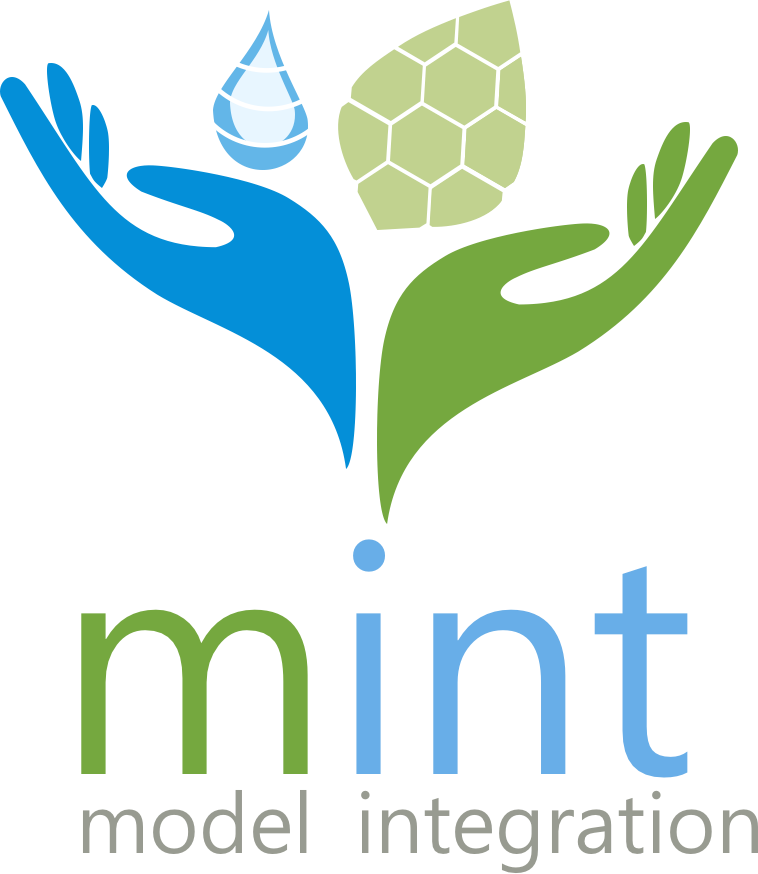Demos August 2020
Demo videos #
This demo focuses on the use of hydrology models for flooding in the Baro region in Ethiopia. The demo has 3 segments:
-
Augmenting observational data with data extracted from remote sensing
-
Easily finding simple models to get an initial assessment of flooding
-
Running more complex models to get detailed predictions
High-level demo storyboard #
The 3 demo segments illustrate how to use MINT capabilities to:
-
Understand a region:
User goals: The user looks around to see what data is available from gauges, then looks for virtual gauges from remote sensing
User takeaways: The user sees that is areas where water fluctuates a lot and has potential for flooding
-
Do an initial rough assessment of flooding:
User goals: The user looks for a simple model that gives then an initial idea of the extent of the flooding, finds HAND (NOTE: the user does not run the model but instead just sees that the results are available, as in emulator model products),
User takeaways: The user looks at HAND results and sees the scope of the area vulnerable to flooding. But HAND uses no weather predictions so it always gives the same result, so the user now wants more detail and wants predictions with the amount, and timing of the flooding.
-
Get more detailed predictions:
User goals: The user looks for a model that can generate more details. The user finds TopoFlow, which can generate flood depth for any location of interest daily. This model will quantify the magnitude and timing of the flooding.
User takeaways: The user looks at TopoFlow results and sees a detailed visualization (a movie) showing for any given location in what hours/days/weeks there is clear risk of flooding at how high the water will be.
Acknowledgement #
We would like to thank Dr. Belete Berhanu and Kidist Assefa Legesse from the Addis Ababa Institute of Technology for a very fruitful collaboration.
